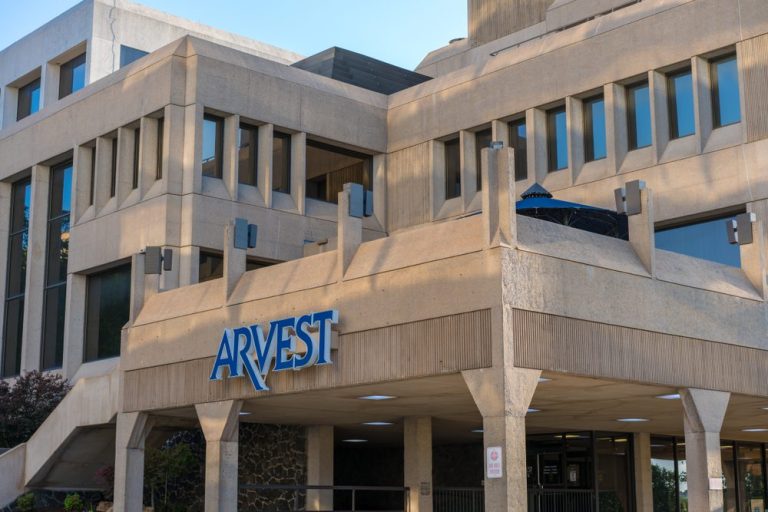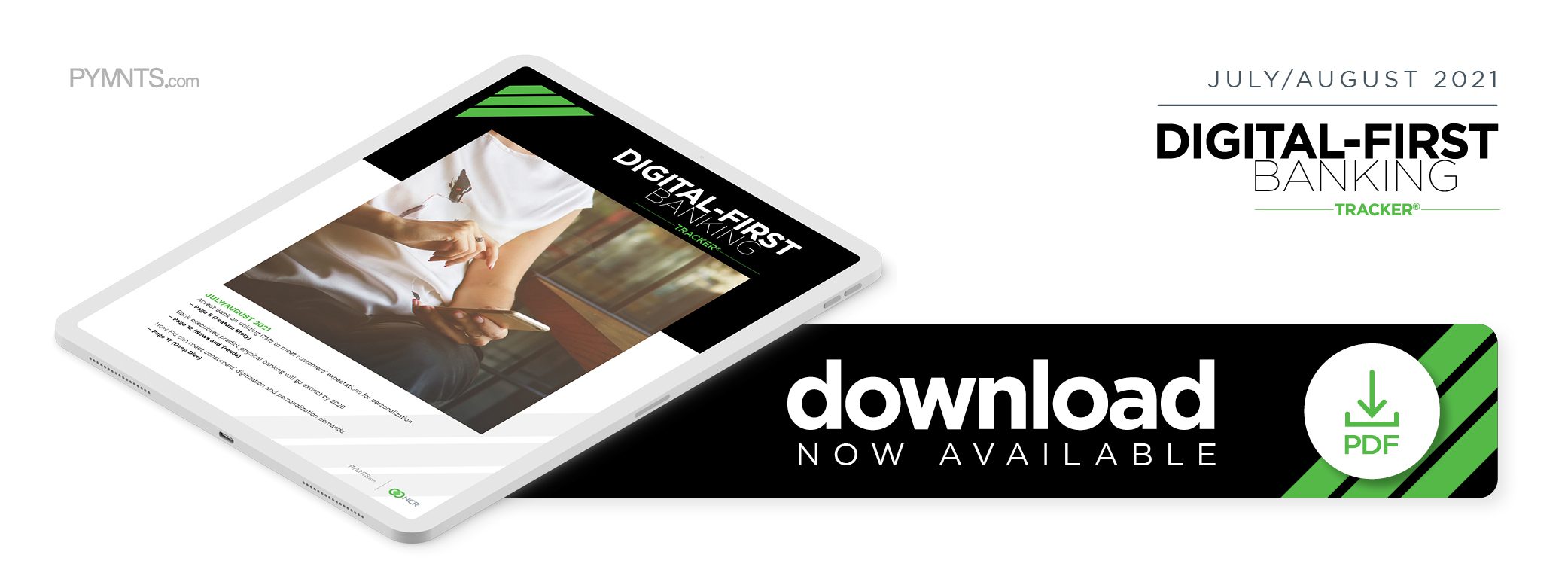Arvest Bank On Using ITMs To Meet Customers’ Expectations For Personalization

The lowly ATM may be the next front in FinTechs’ ongoing encroachment of the financial sector. In PYMNTS’ new Digital-First Banking Tracker, Arvest Bank’s Jason Kincy explains how interactive teller machines (ITMs) are being used to deliver personalized service and improve loyalty.
Digitization has become the banking industry’s new normal, with 71 percent of bank customers leveraging online banking and 43 percent using their mobile phones to transact.
The financial sector has joined others in dramatically increasing its online presence, with businesses in industries as diverse as retail, groceries and even healthcare now conducting many of their operations digitally.
Customers are growing used to the omnipresent digital experience, and their expectations for all online interactions have changed immensely over the past few years, according to Jason Kincy, executive director of Marketing at Arkansas-based Arvest Bank. Customers are looking for personalized digital interactions, even with their financial institutions (FIs).
“It’s no secret that in today’s society, personalization is much more pervasive,” Kincy said during an interview with PYMNTS. “Banking customers are no different. They expect [their] bank to understand them, to know what their needs are and, wherever possible, communicate with them on a one-on-one, personalized basis.”
Banks are deploying several solutions to offer customers this personalization, but Kincy said Arvest has found the most success with targeted, one-on-one phone calls and advanced interactive teller machines (ITMs).
What Customers Expect From Their Digital Banking Experiences
Digital interactions with retailers, technology companies and other organizations have become standard for consumers, and these companies have devoted massive sums to anticipating their needs and fulfilling them on an individual basis. These developments have made many interactions short and efficient, and Kincy said customers now expect the same fast and easy digital service from their banks.
“In the past year, the percentage of our self-defined ‘digital-only’ customers doubled,” he noted. “As more and more of those customers are only interacting digitally, maintaining a personal and emotional connection is a real challenge.”
One of the major challenges in meeting these personalization expectations is the extended period of time it takes for some of these technologies to be developed and deployed. Banks are not particularly well-known for being agile institutions, but their FinTech competitors are, and customers will readily flock to these other providers if traditional banks are not satisfying their demands.
“Banks used to have the luxury of long windows of implementations of software technology, but that’s just not possible today,” Kincy said. “Those banks that still have legacy systems really need to figure out how to marry some of those newer FinTech solutions with a long-term view of rebuilding the infrastructure to really be more nimble and agile.”
FIs will have to examine their digital implementation efforts with this new normal in mind to prevent customers from jumping ship to different institutions. In the meantime, however, there are several steps they can take to meet customers where they are regarding personalized service.
How Arvest Aims To Provide Personalized Services
The events of the past year shut down countless bank branches either temporarily or permanently, and Arvest was not immune to this trend. To make up for the lack of personalized communication afforded during in-person banking, the FI placed more than 200,000 phone calls to its customers in an effort to give them the personalized services they sought. Kincy said that it has since worked to refine this practice.
“We’ve refined those calls and [adjusted] a lot of our marketing and communications programs to operate off of triggered activities,” Kincy explained. “We’re not going to drop huge amounts of communication on the subject at once. It’s really when the customer [has] done something or is giving us a clue that they are interested or need something. It’s important to ensure that what you’re communicating with them about is relevant, based on data or transactions, instead of us just contacting them about whatever we want to talk about.”
ITMs have also played a key role in Arvest’s personalization initiatives. These systems allow customers to connect to live tellers when performing certain tasks, as opposed to offering a set list of automated functions like traditional ATMs. This open line of communication has helped the bank understand and deliver on customers’ personalized needs.
“In many cases, we’ve replaces a drive-thru with physical tellers with ITM tellers, and, in other cases, used an ITM teller in place of an entire branch,” Kincy said. “They also allow us to provide extended hours and can do almost everything that you can do at a teller line.”
Customers’ demands for personalized services are likely to grow even more exacting as mobile technology becomes more prevalent. Banks will need to continue working to provide these services if they wish to keep up with their digital-native competitors.
